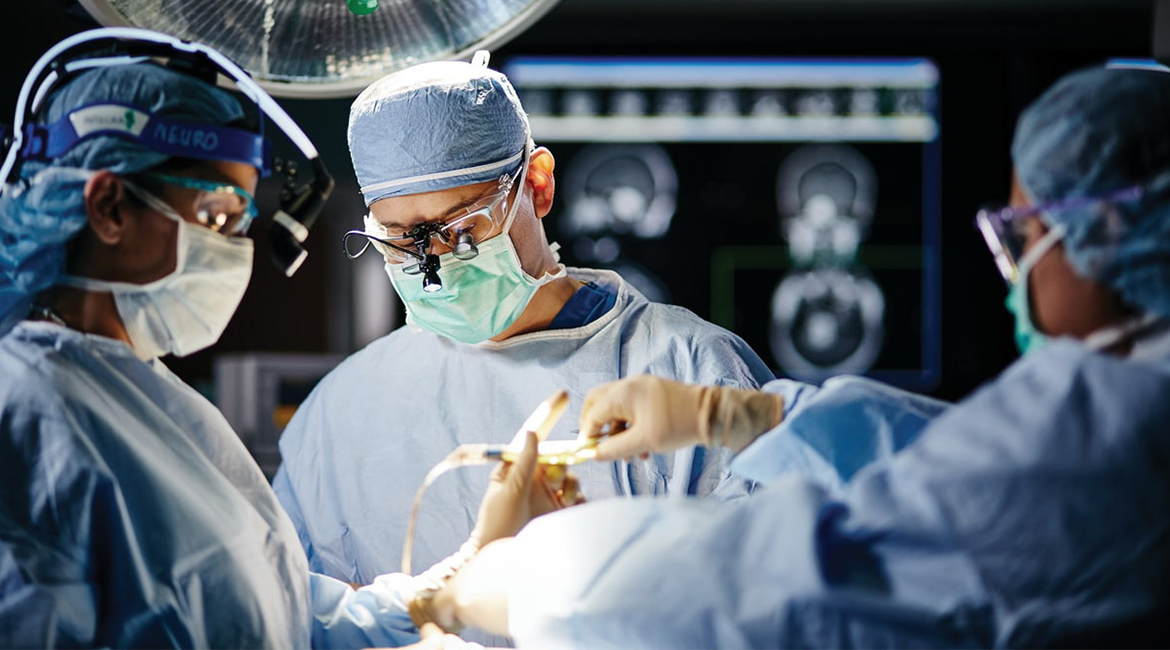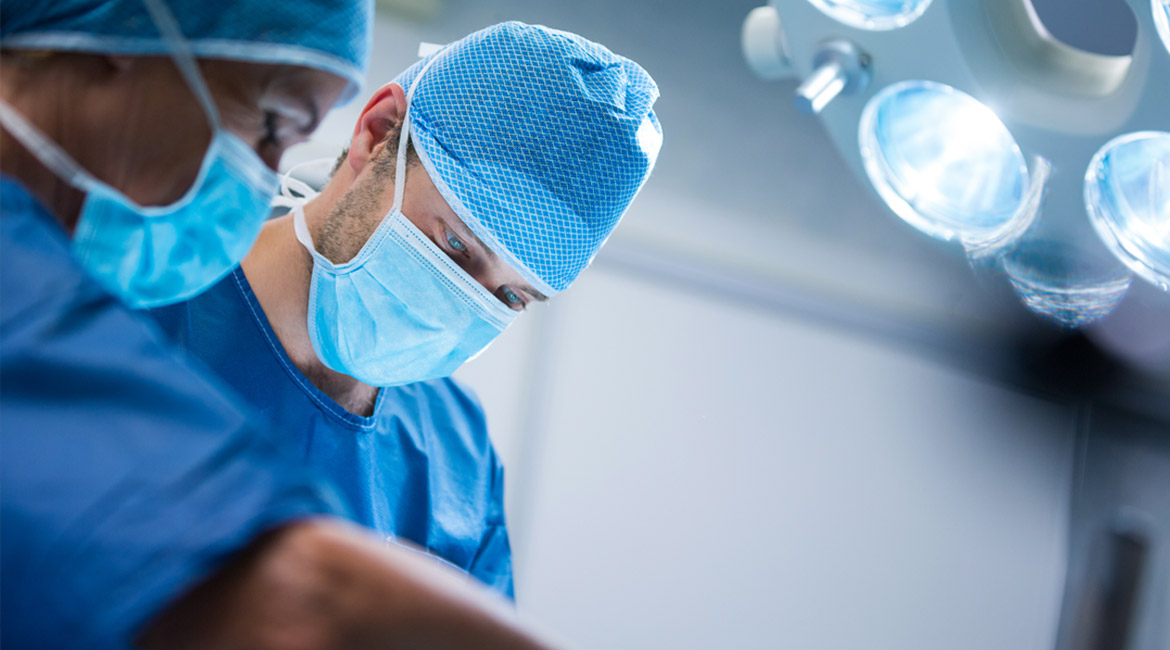Surgery is a medical or dental specialty that uses operative manual and instrumental techniques on a person to investigate or treat a pathological condition such as a disease or injury, to help improve bodily function, appearance, or to repair unwanted ruptured areas.



A laparoscopic surgery, also known as “minimally invasive surgery” or “keyhole surgery”, is a procedure wherein instead of one large incision, a few tiny incisions are made through which a laparoscope and the instruments for performing the surgery are inserted. A laparoscope is a thin tube with a camera attached to the front. Through this camera, the surgeon can then view the internal organs and operate.

Oral and maxillofacial surgery is a surgical specialty focusing on reconstructive surgery of the face, facial trauma surgery, the oral cavity, head and neck, mouth, and jaws, as well as facial cosmetic surgery.
An oral and maxillofacial surgeon is a dental specialist who treats many diseases, injuries, and defects in the head, neck, face, jaws, hard and soft tissues of the mouth, and maxillofacial (jaws and face) region.

Vascular surgery is a surgical subspecialty in which diseases of the vascular system, or arteries, veins and lymphatic circulation, are managed by medical therapy, minimally-invasive catheter procedures, and surgical reconstruction.
1. Angioplasty and Stenting
Angioplasty and stenting is a minimally invasive procedure in which your surgeon opens a narrowed artery using a catheter-guided balloon. This procedure treats conditions that include:
Carotid artery disease, a narrowing of the blood vessels that carry oxygenated blood from the heart to the brain.
Peripheral artery disease, a narrowing of the blood vessels that carry oxygenated blood to the arms and legs.
2. Atherectomy
Atherectomy in another minimally invasive procedure in which a specialized catheter is inserted into a blocked artery that allows your vascular surgeon to cut and remove plaque from within your blood vessels. This method can be used to treat patients with peripheral artery disease and allows vascular access for patients who need dialysis.
3. Arteriovenous (AV) Fistula
During an AV fistula procedure, your vascular surgeon connects a vein in your forearm directly to an artery. This makes the vein stronger and wider, and more easily to be accessed for patients with kidney failure who require dialysis.
4. Arteriovenous (AV) Graft
Similar to AV fistula procedure that creates an access point for dialysis, an AV graft procedure also involves surgically connecting an artery to a vein – but in this case, via a synthetic tube (the “graft”).
5. Open Abdominal Surgery
Open abdominal surgery involves making a small incision to repair an aortic aneurysm or blockage of the aorta (the artery that travels from your heart down to the pelvis) where it passes through the abdomen. In many cases, your vascular surgeon will suture a graft into the aorta to redirect blood flow around the problem area.
6. Thrombectomy
A thrombectomy is a procedure to remove a blood clot from a vein or artery. It is done to restore proper blood flow and prevent life-threatening complications such as when a blood clot travels to the lungs (pulmonary embolism) or brain, which can cause a stroke. Angioplasty and stenting may also be performed at the same time as a thrombectomy.
7. Vascular Bypass Surgery
Bypass grafting is a surgical treatment that focuses on creating an alternate channel for blood flow, bypassing a damaged vessel.


Plastic surgery is a surgical specialty involving the restoration, reconstruction, or alteration of the human body. It can be divided into two main categories: reconstructive surgery and cosmetic surgery. Reconstructive surgery includes craniofacial surgery, hand surgery, microsurgery, and the treatment of burns. While reconstructive surgery aims to reconstruct a part of the body or improve its functioning, cosmetic (or aesthetic) surgery aims at improving the appearance of it.
In plastic surgery, the transfer of skin tissue (skin grafting) is a very common procedure. Skin grafts can be derived from the recipient or donors :
Autografts are taken from the recipient.
Reconstructive burn surgery is undertaken by plastic surgeons often with specialisation in reconstructive burn surgery. Skin, tendons and other tissues that were damaged through the burn can be replaced or reconstructed./p>
Degree of burns :
Burn care focuses on the six “Cs”: clothing, cooling, cleaning, chemoprophylaxis, covering and comforting.